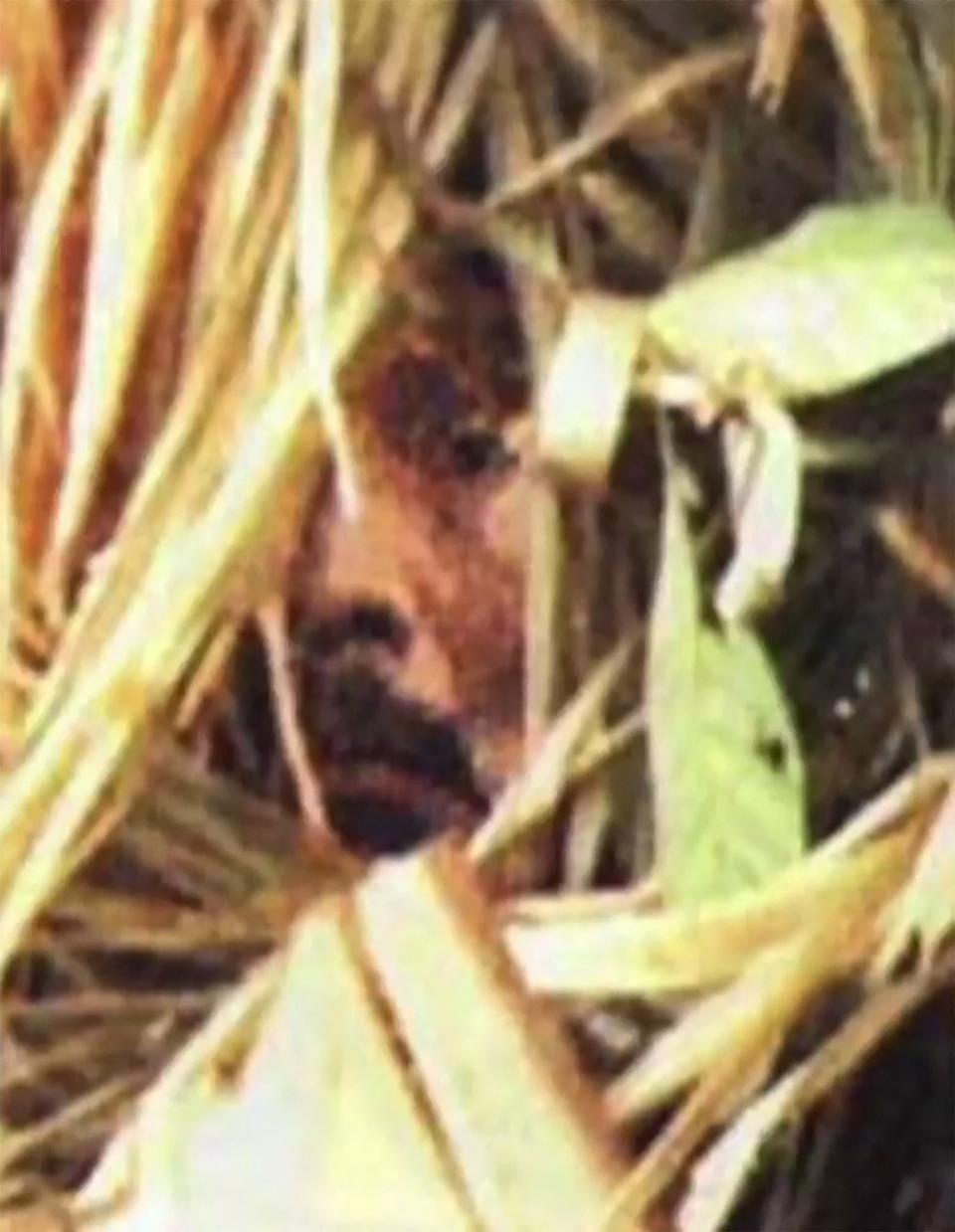
In the Amazon rainforest, the lives of Indigenous people are increasingly under threat from ranchers who want to clear the land for agricultural use. One man died silently, his death unnoticed for weeks. With his death, an entire tribe vanished.

A spear pokes out at one point, as if to scare visitors away. But no one utters a word. The BBC wrote that "As he had avoided any contact with outsiders, it is not known what language the man spoke or which ethnic group he may have belonged to." Over the years FUNAI teams came back with representatives of neighboring tribes to try to determine what language the man spoke and learn more about his people. But he made clear he did not want to engage anyone. Feeling threatened, one time he shot an arrow that left a visiting team member seriously wounded. "One can only imagine what this man was thinking, going through, living on his own, not able to speak to anybody and I think very frightened because any outsider for him represented a threat, given his terrible experience," Watson said. After that, authorities just tried to patrol his territory and look for signs that he was still alive. In the last known footage of him alive –– shot in 2011 but not released until seven years later –– he is seen semi-naked cutting down a tree with an axe. Besides bows and arrows that showed he hunted, there were gardens where he grew fruit and vegetables, such as papaya and manioc. "We saw one of his gardens and it was full of produce –– very beautifully kept," said Watson who visited the site in 2005 . But what most fascinated researchers were the many holes he dug –– some two meters (seven feet) deep and with sharp spears at the bottom. FUNAI said officials found 53 places that had been his home in the Tanaru territory, always with the same structure: a small straw hut with one door and a hole. The holes were used to trap animals but experts think they may also been a place for him to hide from intruders or had some kind of spiritual purpose. The holes, Watson said, are "a mystery that has died with him," as is the history of the Tanaru people. Watson told the New York Times that for her, the man of the hole was "this symbol of resistance and resilience: to be able to survive on his own, not speak to anybody and avoid all contact maybe out of grief or determination.” FUNAI has identified 114 indigenous groups that live in isolation in Brazil's part of the Amazon. Source: TRTWorld and agencies
#Amazon #tribes #surviving #man #hole #dies https://www.globalcourant.com/amazon-tribes-last-surviving-man-of-the-hole-dies/?feed_id=20992&_unique_id=63188d2487503